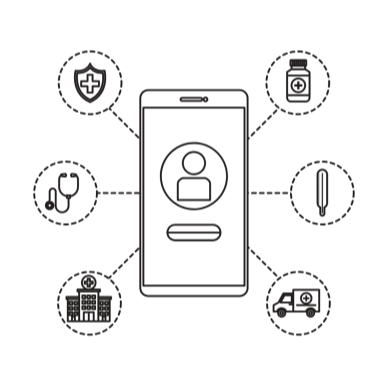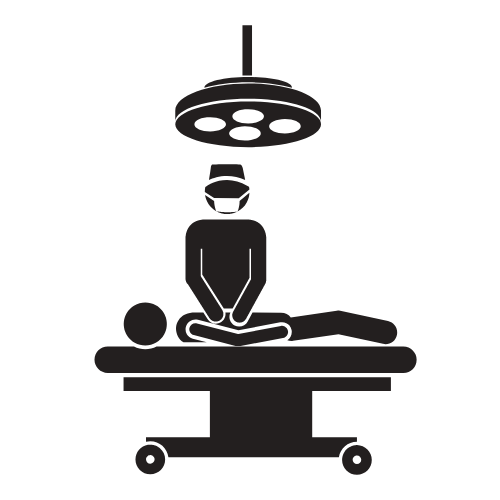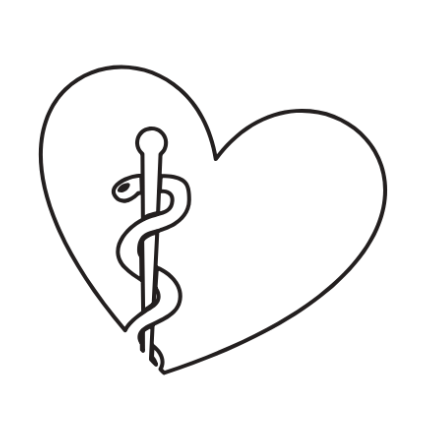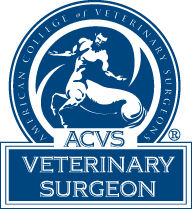DIAGNOSIS: Medial Patella Luxation. Patellar re-alignment performed.
AT HOME CARE:
ACTIVITY RESTRICTION:
Please keep YOUR PET strictly confined for the next 8 weeks after surgery. This is a crucial period of time for initial bone healing. YOUR PET should be confined to a small room or pen with non-skid flooring. The area should be free of furniture which YOUR PET can jump on. YOUR PET should not be allowed to run, jump or play within the home or outside at anytime. You may keep YOUR PET on your lap or on a leash when you are directly monitoring YOUR PET, but care should be taken to avoid jumping or entangling in the leash. Common issues that arise with confinement include: responding to the doorbell ringing, playing with other animals in the home or reacting to an animal outside a window. Please do your best to avoid these situations.
STAIRS:
Use of stairs should be limited or if possible avoided. If YOUR PET is small enough to carry up and down the stairs, then please do so. If YOUR PET is larger then you should control YOUR PET on leash up and down the stairs. My recommendation is to envision each step as a single event instead of allowing YOUR PET to try to ascend the entire staircase rapidly. It may be beneficial to utilize a sling under the hind end during this time for assistance.
OUTSIDE ACTIVITY:
For the first TWO weeks after surgery, you should think of YOUR PET as being on strict bed rest and they should only go outside for 3-5 minutes at a time for bathroom purposes. During this time, they should remain on leash at all times to prevent an unexpected event like chasing a squirrel that has jumped from tree. YOUR PET should remain on areas with good footing and/or use a sling to prevent loss of balance. After the first TWO weeks, it is important to promote slow on leash walking. This will aid in maintenance of blood flow to the limb, maintenance of muscle mass and improve healing.
From weeks TWO-FOUR please increase leash walks to 10 minutes 2-3 times per day.
From weeks FOUR-SIX please increase leash walks to 15 minutes 2-3 times per day.
From weeks SIX-EIGHT please increase leash walks to 20 minutes 2-3 times per day.
Every pet is different in terms of their rate of recovery. If you see increased lameness when increasing duration of walks, then please rest YOUR PET for 1 day and decrease the activity back to the previous level. If lameness does not improve in 2-3 days, please call for further advice.
SLING:
A sling can be purchased at your local pet store to use in assisting rising and walking. The sling should not be used to hold all of YOUR PETs weight. The sling should be used during walking on stairs and should be used on unsteady/slippery surfaces. The sling can also aid in activity restriction when on walks. Lifting the pelvic limbs up when YOUR PET is pulling, will decrease their pulling strength significantly.
INCISION MONITORING:
The surgical incision should be evaluated on a daily basis for evidence of infection or opening of the incision. Signs of infection include increased reddening, heat, swelling, pain or discharge. If any of these signs are observed please call Your primary care veterinarian for further instruction. During the first 2-3 days, the area around the incision may have increased swelling or bruising. If at any time, the degree of bruising or swelling is concerning, please do not hesitate to call.
YOUR PET should not be allowed to lick, chew or scratch at the incision. An Elizabethan collar or alternative deterrent has been dispensed to stop this behavior. This should be utilized at all times until otherwise instructed. Generally, the deterrent is used until after YOUR PET's incision check in 10-14 days. Even a single licking event can lead to an infection which can require additional surgeries or extended antibiotic courses.
No bathing should be allowed until the incision has been re-evaluated and appropriate healing is confirmed. We will discuss this at the 10-14 day recheck visit.
WARM/COLD COMPRESSIONS:
Bruising and swelling are usually at their worst during the first 2-3 days post surgery. During the first THREE DAYS after surgery cold compressions are recommended to decrease the degree of post operative swelling and discomfort. Please apply a cold compress to the incision 3-4 times per day for 10 minutes each session. From days THREE to SEVEN, please warm compress the incision 3-4 times per day for 10 minutes each session.
SEROMA:
Occasionally a seroma develops after surgery. A seroma is an accumulation of fluid under the skin which develops to decrease friction between tissue layers. A seroma will feel like a pocketing of fluid under the skin; it should be non-painful and not red in color. A seroma is generally self limiting with time. If you have noticed this occurring, recommendations are to strictly restrict YOUR PET(to decrease friction), and to warm compress the area(to improve re-absorption). If the seroma is not improving in 3-5 days, please call for further instruction.
PHYSICAL THERAPY EXERCISES:
During or after the warm and cold compressions, gentle range of motion exercises should be performed. The goal of range of motion exercises is to provide gentle bending and stretching of all the joints in the leg. Motion should not be forced beyond what is comfortable to YOUR PET. To perform range of motion exercises it is best to hold the limb at the foot and move all joints in a “bicycle motion.” You can repeat this motion 10-20 times, but never beyond what is comfortable
INCISION CHECK:
Please make an appointment with Your primary care veterinarian for an incision check in 10-14 days. We will assess YOUR PET's progress and discuss more advanced physical rehabilitation at that time, if indicated.
SET BACKS:
It is common for YOUR PET to be more sore for a day or two during the increased exercise schedule. If this occurs, please rest YOUR PET for 1-2 days and if improvement is not seen, please contact us for further instruction. If at any time YOUR PET suddenly yelps or changes drastically in the use of the limb, please contact us as soon as possible. This may indicate a severe problem.
RECHECK RADIOGRAPHS:
Please schedule an appointment with Your primary care veterinarian for a progress evaluation and recheck radiographs in EIGHT WEEKS. At this time, YOUR PET will have radiographs performed of the limb to assess for healing. Please do not feed YOUR PET within 4 hours of this appointment, as radiographs generally require sedation to achieve appropriate positioning. This appointment may take up to 90 minutes, so please let us know if leaving YOUR PET for the day will be more convenient.
WEEKS EIGHT- FOURTEEN:
Once bone healing has been confirmed, then we will gradually progress YOUR PET back to normal activity over a 6-8 week period. The reason for this slow progression to re-condition YOUR PET's muscles, joints and soft tissues back to athletic function. If we return YOUR PET to full function too rapidly, YOUR PET is at risk for injury to other muscles, tendons etc.
For the first 4 weeks, YOUR PET is free to move about your home with no in home limitations. Outside exercise should continue to be confined to on leash restriction, but duration of on leash activity should be progressively increased. You can increase leash walks in duration according to what YOUR PET is comfortable with.
For the next 1-2 weeks, YOUR PET can be allowed to have controlled off leash activity in a confined area without other animals or ability to run free. If this activity is well tolerated without soreness, then YOUR PET can have gradual increase in off leash activity.
By week 6-8, YOUR PET should be able to return to full athletic function, however, depending on how long the original injury was present and how much muscle loss occurred, we can see gradual improvement in activity over the next few months.



